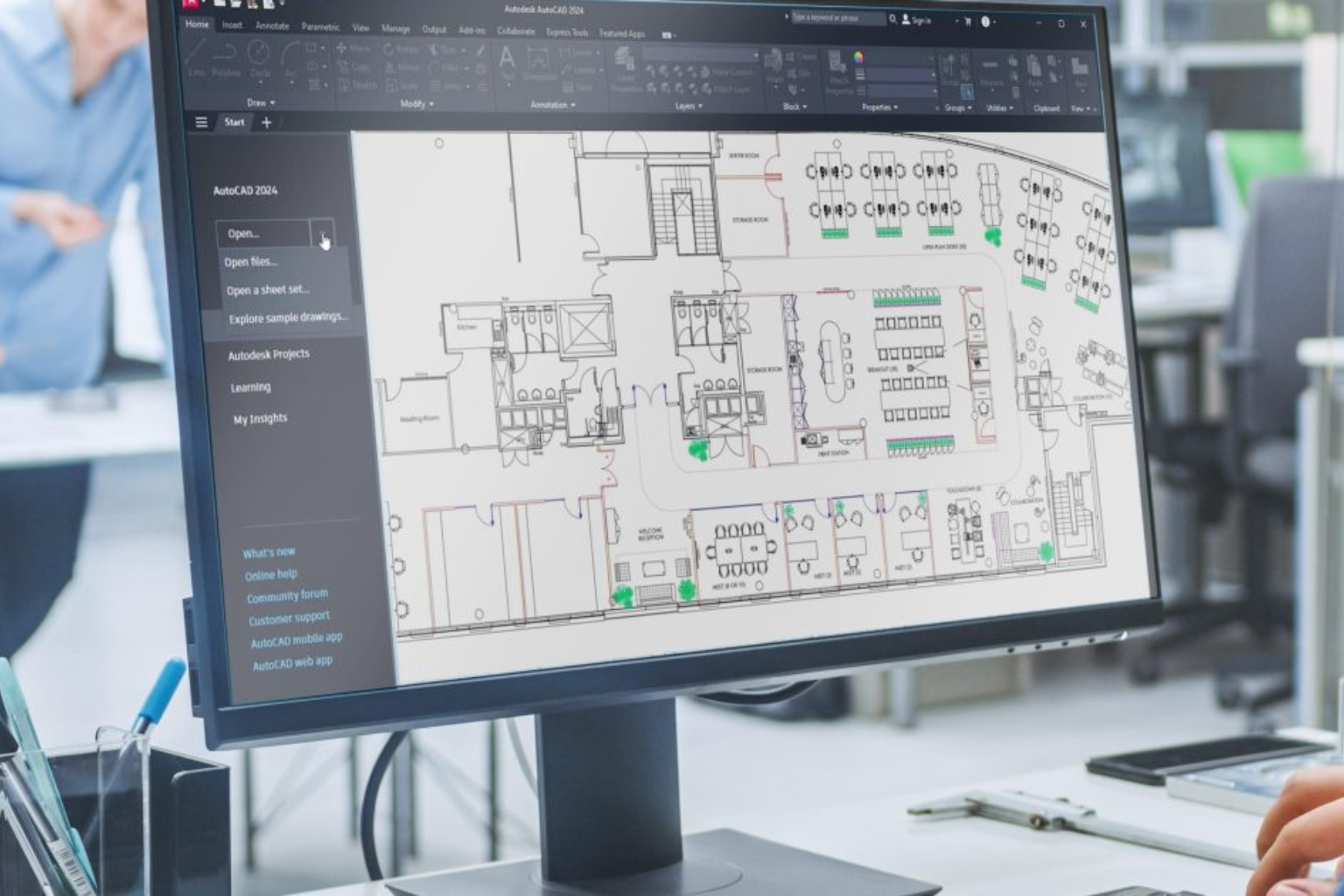
You ever walk into a room and just feel like it gets you? Like it was made with you in mind? Not in an over-the-top way, but subtly — like the light hits just right, the seating invites conversation, and somehow there’s a spot for everything? That’s not luck. That’s smart, soulful design.
And the thing is, it doesn’t have to come from a luxury architect or be stamped with a name-brand label. It’s about the thinking behind the space — the choices made with care, the flow that makes sense, the corners that feel considered. That’s where the real magic lies.
Home Is More Than A Place — It’s a Feeling
Design isn’t just about looks. Sure, aesthetics matter. We all want pretty, but what we really crave is comfort. Ease. Flow. A space that wraps around our lives rather than asking us to contort around it.
Whether you’re living solo in a city loft or managing the chaos of a growing family in the suburbs, your space should serve you. It should reflect your lifestyle, support your routines, and give you room to breathe — and evolve.
That’s why cookie-cutter layouts rarely cut it. Because no two people live the same way. So why should their homes look and feel the same?
The Power of Thoughtful Design
What separates a home that works from one that just… exists? It usually comes down to intentional layouts. We’re talking about decisions made with daily life in mind. Where does the light fall in the morning? How do you move from the kitchen to the dining space to the couch when hosting friends? Is there a natural place to drop your keys? Are your work and rest zones fighting for attention?
These might sound like small things, but stacked together? They change how you experience your home. You’ll find yourself bumping into less. Cleaning up less. Enjoying more. Living more.
Space Isn’t Just About Size
One of the biggest misconceptions in design is that you need a big home to make it functional. Not true. Some of the most livable spaces I’ve seen have been modest in square footage but brilliant in layout.
And that’s where smart space planning really shines. It’s about making every inch count — whether it’s through flexible furniture, multi-use rooms, or creative storage solutions that make clutter disappear without killing the vibe.
It’s how a tiny corner can become a cozy reading nook. Or how a sliding door turns a bedroom into a private office by day. It’s clever. It’s human. And it makes small spaces feel generous.
When Design Marries Real Life
Let’s be real — you shouldn’t have to tiptoe around your home like it’s a museum. You should be able to kick off your shoes, invite friends over, cook messy meals, and still feel like your space is working with you, not against you.
Design should never feel precious or untouchable. The goal isn’t to impress — it’s to express. Your tastes. Your needs. Your story.
And honestly? The best spaces are the ones that strike that sweet spot between function, beauty. Where the dining table is sturdy enough for art projects, the fabrics can handle a spill or two, and somehow everything still looks pulled together.
Rooms That Tell Stories
Ever notice how some rooms just speak to you? That’s no accident. That’s design that’s been built around real people — their habits, their memories, their aspirations.
A gallery wall that celebrates travel. A bench by the window where your cat naps every afternoon. A kitchen that encourages togetherness, not just meal prep.
When you layer in personality — not just polish — your home starts to feel alive. It evolves with you. Adapts as your needs shift. That’s the beauty of spaces designed from the inside out, not just the top down.
Let Your Life Shape Your Layout
Instead of asking what’s trendy, ask what’s useful. Need an open concept for entertaining? Great. Prefer closed-off quiet zones for remote work? Also great. There’s no one-size-fits-all here.
Start with how you live. Do you need a homework station that doesn’t dominate the living room? A mudroom with serious storage for sports gear and boots? A bedroom that feels like a retreat?
Those answers will point you toward a layout that fits. And once your home reflects your rhythms, you’ll find your days feel smoother. Lighter. Less cluttered — inside and out.
Design That Grows With You
Life changes. Families grow. Jobs evolve. Hobbies expand. And the best designs account for that from the start.
Maybe that guest room becomes a nursery, then an office, then a home gym. Maybe the kitchen island becomes a workstation on weekdays and a snack bar on weekends.
Flexibility isn’t just smart — it’s essential. And good design gives you room to pivot without needing a full renovation every few years. That’s why investing in thoughtful planning up front saves time, stress, and money later.
Don’t Just Fill a Room — Feel It
A common trap? Buying everything at once to “finish” a room. But a home isn’t a checklist. It’s a living, breathing canvas. And sometimes the best spaces come together slowly — piece by piece — as you discover what you really need (and love).
Let the room guide you. Start with the essentials, then layer in the personality. The rug that makes the room feel grounded. The art that reminds you of a trip. The chair that fits your body just right.
Design isn’t a race. It’s a rhythm.
Little Details, Big Impact
You’d be amazed at what a few smart tweaks can do. Replacing harsh overhead lights with warm-toned lamps. Swapping a clunky coffee table for a round one that softens the flow. Moving the couch slightly so the TV isn’t the first thing you see when you walk in.
These aren’t expensive changes. But they feel like luxury — because they’re responsive. They’re tailored. They make your home feel yours.
And that’s the real flex.
Wrapping It Up — A Space That Supports You
At the end of the day, you want a home that holds you. One that makes the hard days easier and the good days even better.
